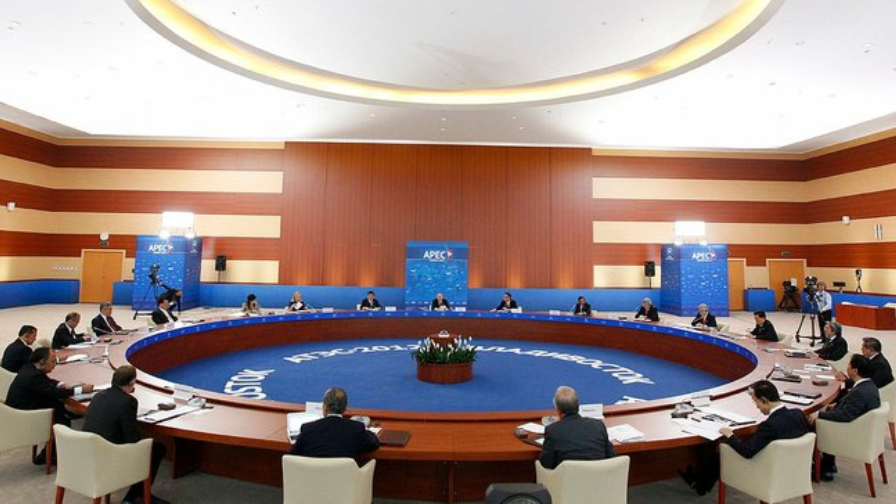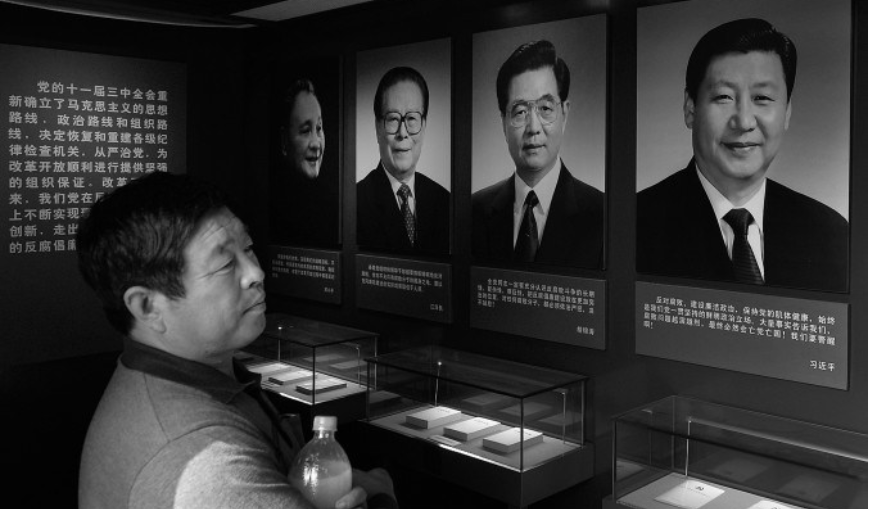Free trade agreements
Poor enforcement and low utilization undermine benefits from international trade agreements
Published 12 April 2019 | 6 minute read
International trade agreements are seen as the principal means of extending trade benefits to more participants. Are existing agreements not failing in at least some respects?
The last seven decades seem to have provided ample evidence that this formula has been a success. Since the collective decision was taken in the aftermath of the Second World War to eschew the protectionist policies of the 1930s and instead focus on pursuing agreements to lower barriers and establish a common set of global trade rules, trade and global GDP have grown in leaps and bounds. From 1948 until the launch of the last GATT round in 1986, average world-wide tariffs were reduced from 35 percent to 6 percent, trade growth averaged 8 percent per annum, and global GDP growth averaged 5 percent per annum. By the year 2000, total global trade had increased 22 times the level of 1950, and hundreds of millions were lifted out of poverty on the back of trade-driven growth.
From the 1950s into the 1990s, trade agreements were largely successful in delivering broad-based benefits simply by chipping away at the “low-hanging fruit” of high tariff walls and other straightforward “at the border” restrictions which were then in place. The eight rounds of multilateral trade negotiations concluded by the GATT, and the proliferation of bilateral and regional trade agreements which started to spring up in the 1980s were flawed, but they did succeed in generating economic benefits by reducing the most glaring and rudimentary trade barriers.
Today, the challenges are far greater, and we can legitimately question whether existing trade agreements are still adequate, if not actually failing in at least some respects. Generating additional benefits from trade agreements is no longer the comparatively simple task of negotiating further tariff reductions, but rather of trying to address far more complicated barriers, such as trade-distorting domestic policies, including uncodified preferences for domestic companies, direct and indirect subsidies, and discriminatory technical or licensing standards. These new forms of protectionism are becoming more prevalent and are proving difficult if not impossible to satisfactorily address through trade agreements.
As a consequence, a number of longstanding deficiencies in our approach to trade agreements take on far greater significance. Two areas are of particular importance: enforcement and utilization of trade agreements. Simply put, it is far too easy to evade trade obligations and far too many companies – especially SMEs in developing countries – are not utilizing trade agreements. Why is this so important? Weak enforcement erodes the benefits trade partners have bargained for, and breeds cynicism and distrust in the trade system. Low utilization rates deny the benefits of trade to the people most in need of them, and whose support will be required to sustain trade moving forward.
Enforcement shortcomings
Regional and bilateral trade agreements, along with the World Trade Organization, all contain dispute settlement mechanisms designed to ensure that the terms of the relevant agreements are being implemented and enforced. These mechanisms undeniably represent an improvement over the previous “law of the jungle” approach to disputes, and in many instances they are able to produce satisfactory resolutions. But there are far too many cases in which enforcement mechanisms have failed, and critical provisions are left unenforced. Worse yet, the breakdowns and failings have frequently occurred in the most important cases and on the most important issues.
Few enforcement issues have been as well documented as the shortcomings in China’s implementation of its WTO obligations. Promised market opening in various sectors has not materialized, prohibited practices such as coerced technology transfers have continued, and non-mandatory but expected steps such as accession to WTO government procurement protocols are yet to be taken. And while there have certainly been cases in which China has modified policies in response to dispute settlement rulings, the system has been unable to enforce sufficient overall compliance.
This has fed a perception that China is benefiting from the global trade system without being fully constrained by its disciplines and rules. The failure of the available multilateral enforcement mechanisms has eroded trust in the system and paved the way for the current US Administration to resort to unilateral remedies in the form of punitive tariffs. The result has been the most significant trade war in 80 years.
The US and the EU have been involved in a multi-decade dispute which also serves to highlight the shortcomings of WTO dispute settlement. In 2004, the US filed a dispute settlement case against the EU for illegal subsidies to Airbus. The EU responded almost immediately with counter charges against US subsidies to Boeing. A mind-numbing string of consultations, filings, counter-filings, rebuttals, decisions, appeals, and threatened retaliation have continued year after year, down to the current day, without a clear and definitive final resolution.
Ineffectual enforcement is not unique to the WTO; bilateral and regional accords suffer from the same affliction, ranging from an almost decade long labor dispute under the Dominican Republic-Central America FTA, to a seemingly never-ending softwood lumber dispute between the US and Canada dating back to the 1980s, despite MOUs and FTAs.
A fundamental tenant of Western jurisprudence is that justice delayed is justice denied. A “victory” in a dispute settlement case which takes multiple years to conclude, and allows irreparable commercial harm to be done to impacted companies in the meantime, cannot be regarded as a victory. It is a failure for the integrity of the agreement and the system.
In the past, if dispute settlement mechanisms didn’t function adequately, the corresponding trade agreement usually generated enough benefits in other areas so that this shortcoming could be more easily overlooked. It was arguably more tenable to be lax in implementation and enforcement while other low hanging fruit was being readily harvested. Today that’s no longer the case.
Low utilization undermines benefits
The conclusion of any significant trade negotiation is usually accompanied by a signing ceremony in which government officials promote the substantial benefits that will accrue to their respective constituencies. In too many instances however, large swaths of those constituencies do not take advantage of these agreements. FTA utilization rates, especially among SMEs in developing countries, are surprisingly low.
Survey work conducted by the Asian Development Bank indicated that only 28 percent of eligible firms from a cross section of regional economies (Japan, PRC, Korea, Singapore, Thailand, and the Philippines) were accessing available FTA preferences. The ASEAN-PRC FTA was being utilized by only 38 percent of those eligible. Estimates (also by the ADB) place the utilization rate for India’s various FTAs between 5 and 25 percent. In some cases, these rates have been gradually ticking up in recent years, but they are still far below meaningful levels.
There are a variety of reasons for low utilization. In many cases, governments have insufficiently invested in trade education programs. Digesting and analyzing the full implications of a 2000-page trade agreement isn’t a major challenge for companies the size of Samsung. But what about a West Java furniture manufacturer with 35 employees? Accessing the available benefits is often beyond the capacity of companies like these.
In some cases, the benefits of accessing a free trade agreement are simply not worth the necessary time investment and disruption. Deciphering a highly complex “rule of origin” requirement and uprooting a well-established supplier relationship in order to obtain a two percent tariff saving will not make business sense for many companies. In other instances, the proliferation of different trade agreements, which result in overlapping trade regulations, makes it impossible even for more trade-savvy firms to actually utilize the agreements.
Capacity shortfalls in the private sector are not the only factor suppressing utilization rates. Insufficient – or insufficiently trained – customs officials, along with antiquated custom clearance systems, all serve to undermine utilization in developing countries. And on the most basic level, inadequate hard infrastructure – roads, ports, airports — limit the ability of developing countries to fully participate.
In many respects, trade liberalization has advanced faster than trade readiness. We cannot consider any trade agreement to be a success if 50 percent (or more) of the eligible companies cannot or do not utilize it. For trade agreements to be successful, capacity building has to go hand in hand with trade liberalization, rather than being just an afterthought, as has often been the case.
In order to ensure that trade is sustainable, and broad support for further liberalization is secured, the next generation of trade agreements will have to address the deficiencies which were more easily overlooked in the past. With the low hanging fruit already harvested, and the trade system under greater pressure than ever before, it’s time to expect more from our trade agreements. Additional agreements that are poorly enforced and under-utilized will only hasten the decline of a trade system that despite its flaws has been a tremendous driver of human development for more than seven decades.
© The Hinrich Foundation. See our website Terms and conditions for our copyright and reprint policy. All statements of fact and the views, conclusions and recommendations expressed in this publication are the sole responsibility of the author(s).




